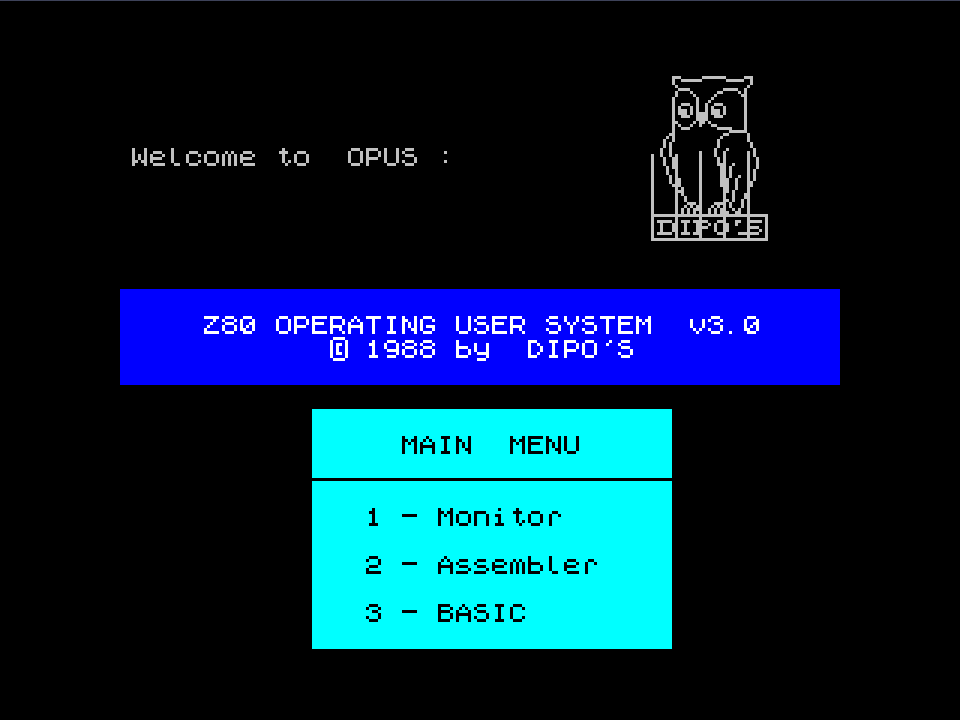Hi @s3n0
Binary executable files are indeed dependent on the destination architecture this is why you need to compile your own binary files under OpenPli develop branch or any other openembedded like tree using my bitbake recipes.
Please note, this is something new which does not exists yet anywhere else, i am talking about fuse port to SDL2 , bitbake recipes and the SDL2 remote control patches as well.
Please provide more details about what interface it is clumsy.
ARM cpu include compatible families as well, but this should not be trusted as there are involved a lot of other things, for example provided SDL2 on Vu Solo4K works only with directfb video driver
Nice, me too, i was and i am still fascinated by assembly language, those days i am fooling around with microchip microcontrollers.
The Z80 CPU itself can be emulated on python too ![]()
The emulator is not builded by me, i had worked only to add SDL2 support and port the code to my Solo4K and create bitbake recipes
- Libspectrum is a library which contain a lot of helpers to manipulate files formats .z80, .tap, .tzx etc as well as some image and sound formats specific to Z80 and other platforms and periferals.
- fuse itself is the emulator
- SDL2 is the graphical interface to display on screen the emulator, also used to emualte the joystick, rc keys and some people use the audio through sdl too
- libaudio is used by libspectrum
- enigma2 plugin it is used to start the fuse under enigma2, fuse itself works wihout enigma but will be easier to start the emulator with a plugin
Edited by serdeliuk, 7 May 2020 - 08:58.









